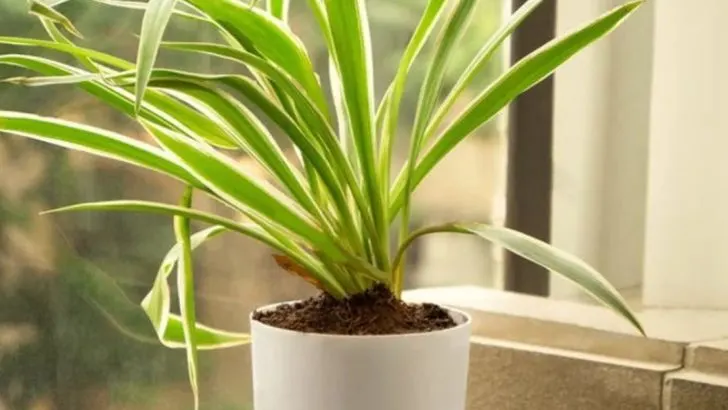Not every room in your home gets bright sunlight — and that’s perfectly fine. Many indoor plants thrive in low-light environments, bringing life and beauty to spaces like bedrooms, bathrooms, and offices with limited natural light. The key is choosing species that are naturally adapted to shade and won’t struggle in darker corners.
But beware: some popular houseplants look stunning in the store, yet quickly deteriorate without sufficient light. Placing these sun-loving varieties in low-light rooms will leave you with yellowing leaves and frustration. Understanding which plants to embrace — and which to avoid — will save you time, money, and heartache.
In this article, you’ll discover 10 houseplants that truly flourish in low light, plus 8 common plants that should stay far away from dark rooms. Whether you want to green up a shaded nook or create a lush indoor jungle, this guide will help you make the right choices.
Snake Plant
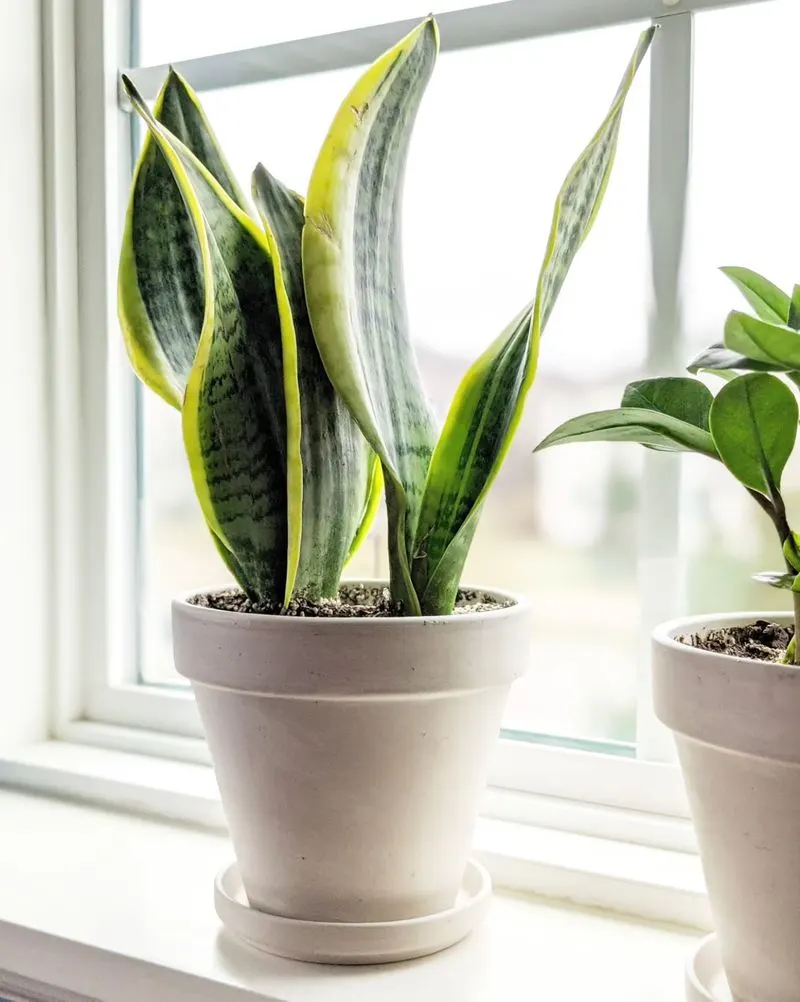
Known for its resilience, the snake plant stands tall in dim corners, adding a touch of elegance with its sword-like leaves. These plants tolerate neglect, needing little water or light to flourish. Their upright stature makes them a favorite for modern interiors, embodying a minimalist aesthetic. Not only do they thrive in low light, but they also purify the air, making them both beautiful and beneficial.
If you’re looking for a plant that’s nearly indestructible, this is your go-to. Able to adapt to various conditions, it’s perfect for those new to plant care.
ZZ Plant
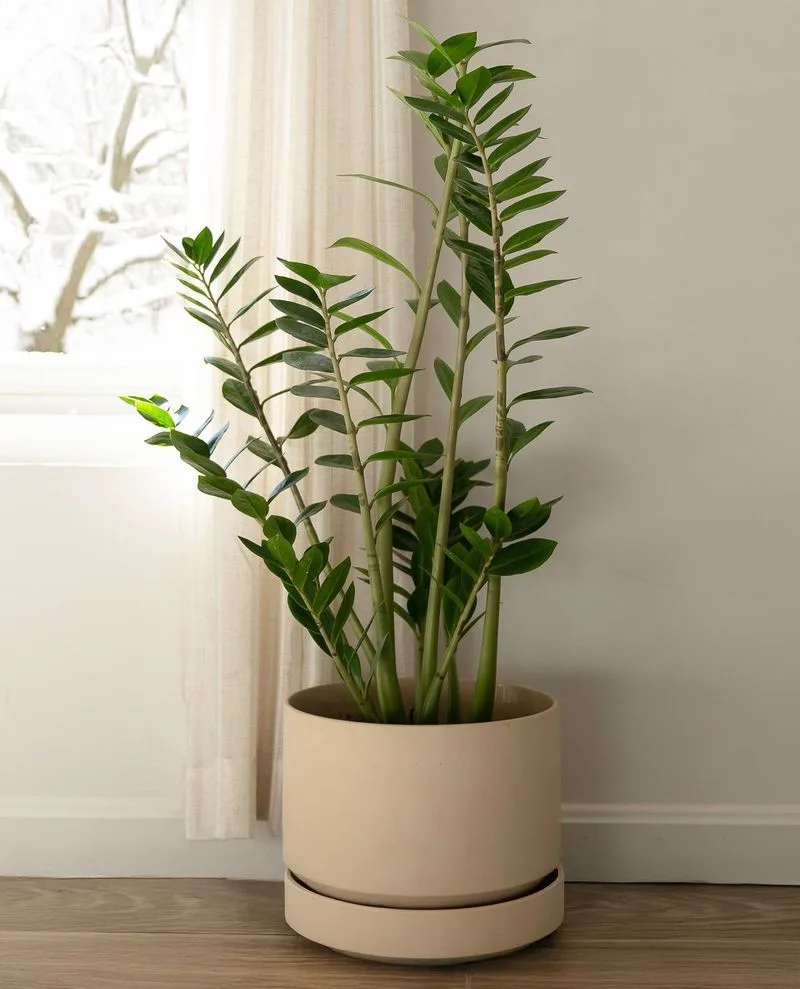
ZZ plants are the epitome of low maintenance. They thrive on neglect and can go weeks without water, making them ideal for busy individuals. The glossy, dark green leaves reflect minimal light beautifully, offering a striking contrast against lighter walls.
These plants are not just about looks; they also improve indoor air quality by removing toxins. Perfect for offices and homes alike, the ZZ plant is a resilient companion that asks for little but offers much in return. A symbol of prosperity in some cultures, it’s a plant of both function and form.
Pothos
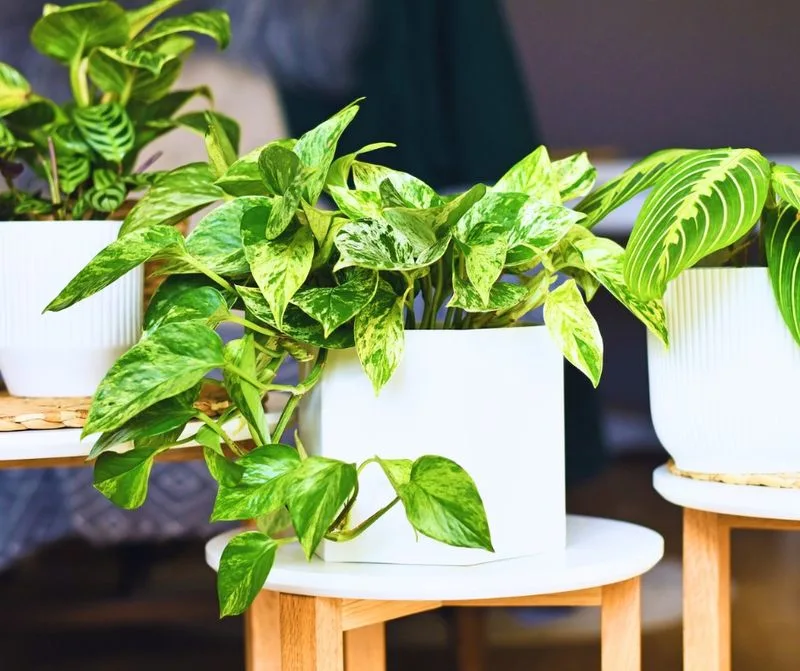
Pothos, with its vibrant, heart-shaped leaves, is a classic favorite that adapts well to low light. Its trailing vines can be trained to climb or cascade, creating a dynamic display in any room. While low light slows its growth, pothos remains robust and lively, making it perfect for hanging baskets or shelves.
Its ability to purify air adds another layer of appeal, making it not just decorative but also practical. Easy to propagate, it allows plant enthusiasts to share its charm. A low-light star, pothos is both versatile and forgiving.
Peace Lily

Peace lilies bring a touch of serenity with their graceful white blooms and dark foliage. Thriving in low light, they bloom even in dim corners, though more light can encourage more flowers. Their leaves are excellent at filtering indoor air, promoting a healthier environment.
Peace lilies ask for little—just some water when the soil feels dry. Known for their air-purifying properties, they are more than mere decor. Their elegance and ease of care make them a cherished addition to any home, cultivating an atmosphere of tranquility.
Spider Plant
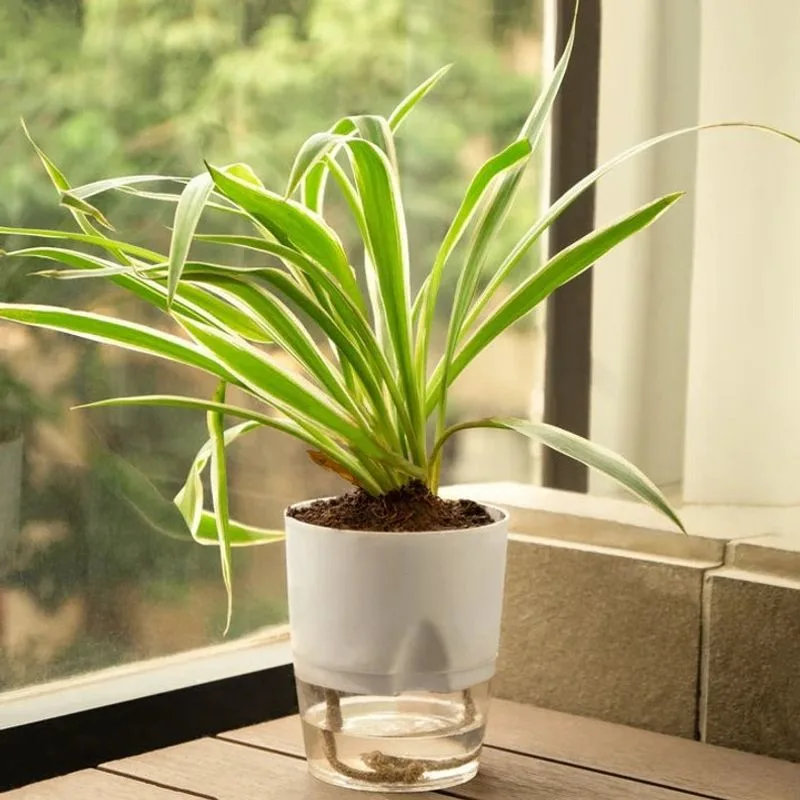
With its distinctive arching leaves, the spider plant adds an element of whimsy to any room. It thrives in low to moderate light and produces charming little offshoots, often called ‘spiderettes,’ that dangle like ornaments.
This plant is not just easy on the eyes but also acts as a natural air purifier. Its resilience makes it an excellent choice for beginners. Whether perched on a shelf or suspended in a hanging planter, the spider plant’s playful foliage and forgiving nature make it a household favorite.
Cast Iron Plant

Living up to its name, the cast iron plant is as tough as they come. Resilient and able to withstand neglect, it’s perfect for dimly lit areas. With wide, glossy leaves, it exudes a sense of rugged elegance, fitting seamlessly into any decor.
This plant is ideal for those who travel often or forget to water regularly. Its slow growth ensures it stays contained, making it suitable for small spaces. Beyond its robust nature, the cast iron plant is pet-friendly, offering peace of mind for households with animals.
Philodendron
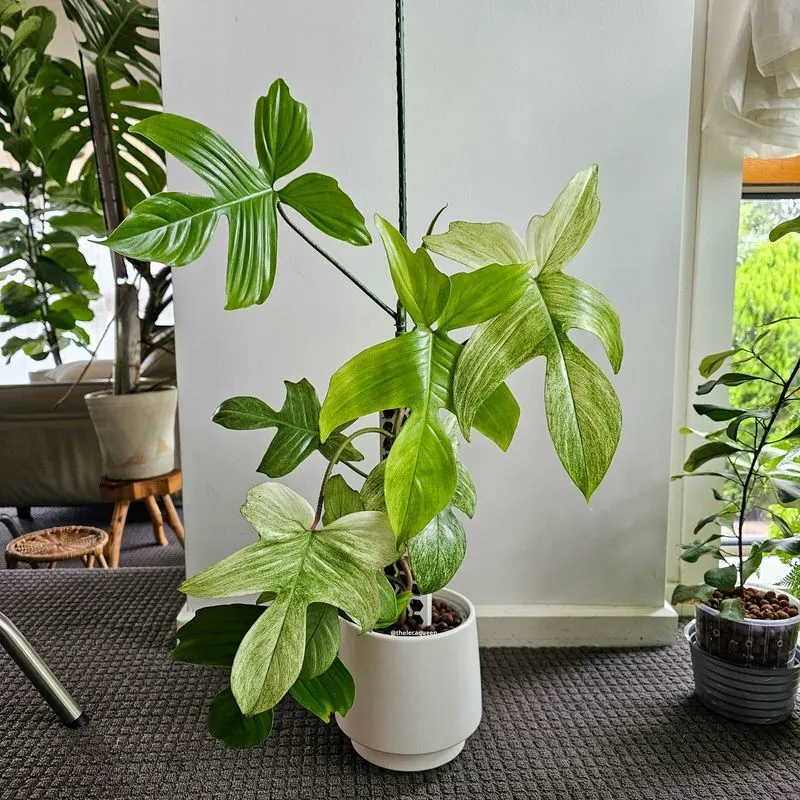
Philodendrons are famed for their heart-shaped leaves and trailing vines. Thriving in low to moderate light, they can adapt to various environments, making them a versatile choice for plant lovers. Their climbing nature allows them to be trained on poles or left to trail, adding vertical interest.
These plants are known for their air-purifying qualities, contributing to a healthier indoor atmosphere. Easy to care for and propagate, philodendrons are perfect for those who like to share their green companions. Their enduring popularity is a testament to their charm and versatility.
Chinese Evergreen
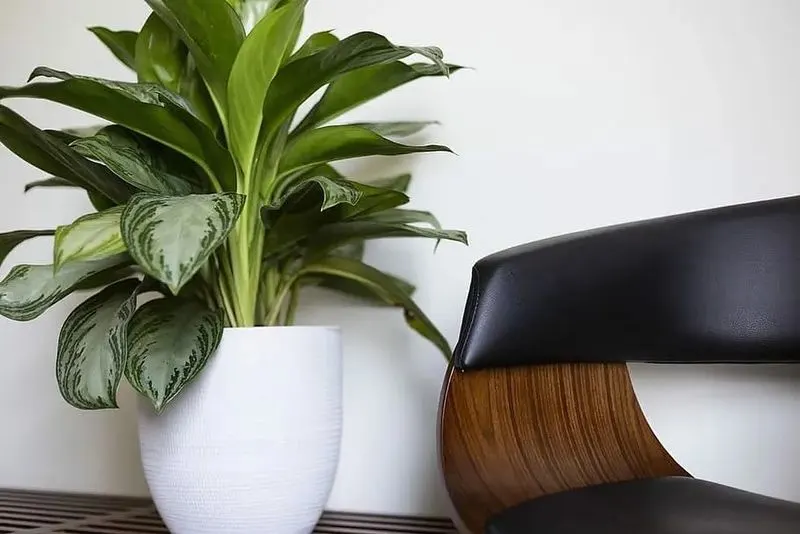
Chinese evergreens bring a burst of color to dark spaces with their variegated leaves. Known for their adaptability, they thrive in low light and require minimal care, making them ideal for busy environments like offices.
These plants are not just about aesthetics; they also improve air quality by filtering toxins. Their slow growth and colorful foliage make them a favorite for adding life to dull corners. The Chinese evergreen is a perfect fusion of beauty and practicality, embodying effortless elegance and resilience.
Heartleaf Philodendron
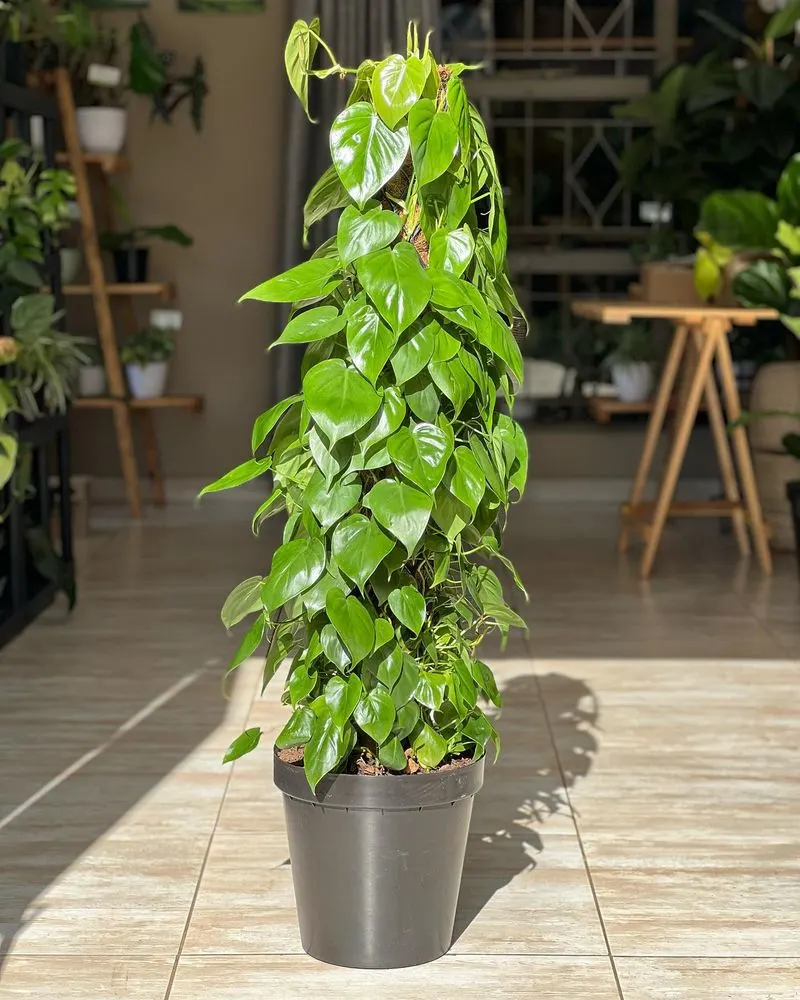
With its heart-shaped leaves, the heartleaf philodendron is a symbol of love and beauty. Thriving in low light, it’s a resilient choice for plant enthusiasts of all levels. Its cascading vines make it ideal for hanging baskets or high shelves, adding a touch of greenery to any space.
This plant is not only easy to care for but also purifies the air, promoting a healthier living environment. Its ability to adapt and thrive in various conditions makes it a staple in homes and offices alike. A classic choice, it combines charm with functionality.
Parlor Palm
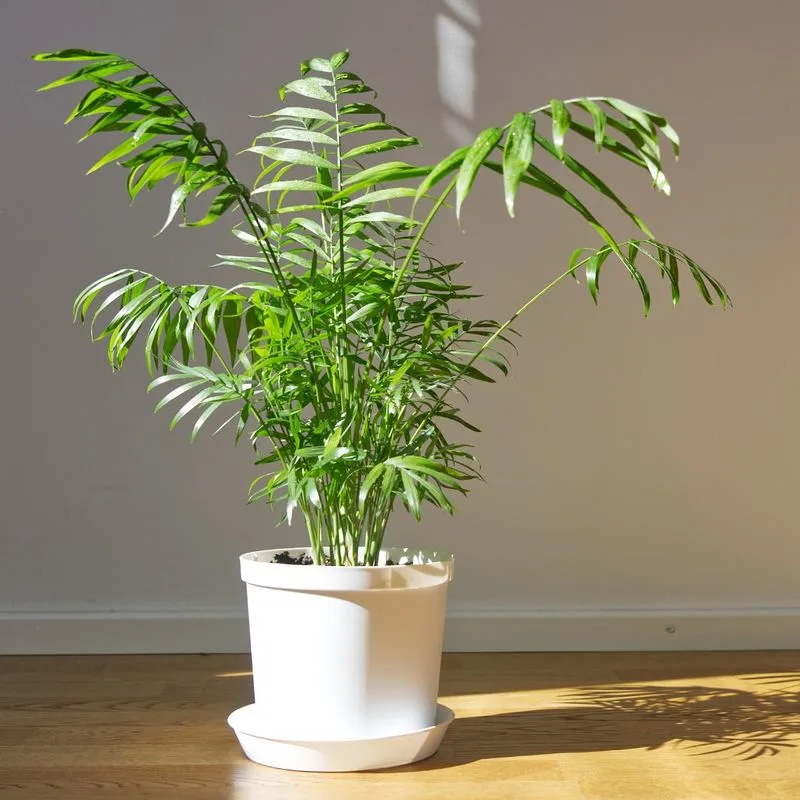
The parlor palm, with its feathery fronds, adds a touch of tropical elegance to indoor spaces. It thrives in low light, making it a popular choice for offices and homes alike. Despite its delicate appearance, this plant is surprisingly hardy and easy to care for.
Parlor palms are known for their air-purifying abilities, contributing to a healthier indoor environment. Their graceful presence and low maintenance needs make them a beloved addition to any room. Whether in a corner or as a focal point, the parlor palm exudes understated sophistication.
Fiddle Leaf Fig
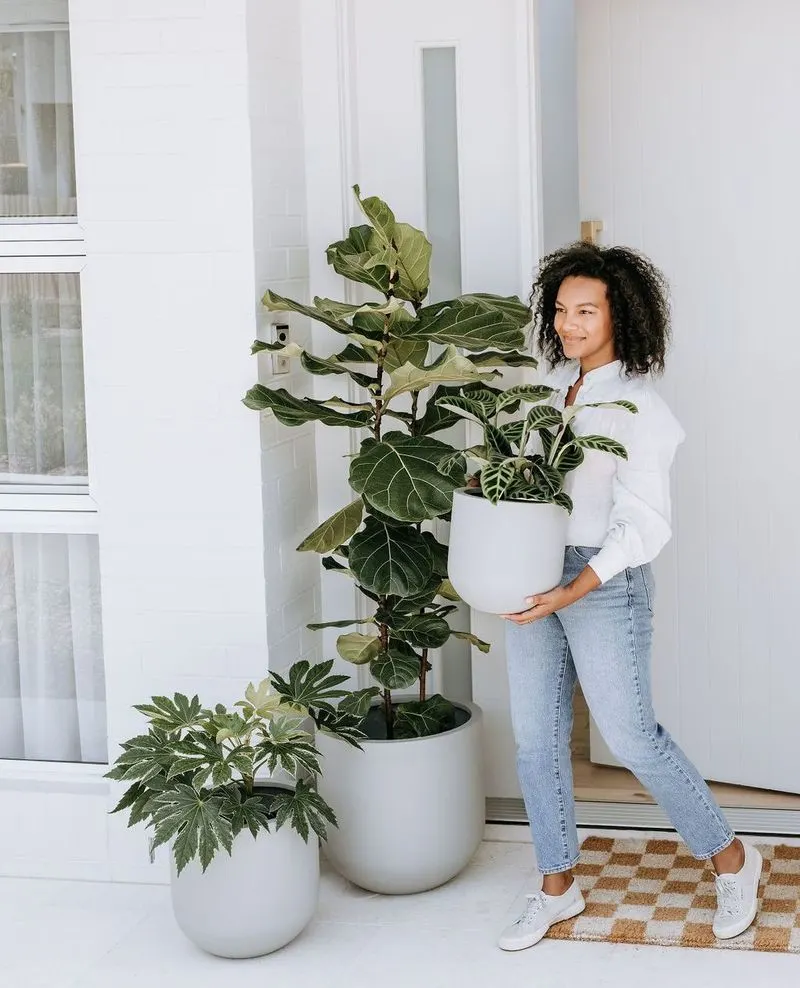
Fiddle leaf figs command attention with their broad, glossy leaves and towering presence. Unlike their low-light counterparts, they crave bright, indirect light to thrive. Their dramatic foliage and sculptural form make them a statement piece in any interior design.
While they require more attention than other indoor plants, the visual reward is worth the effort. Regular watering and the right lighting conditions are key to maintaining their health. For those willing to provide a bit more care, the fiddle leaf fig transforms spaces with its bold and striking presence.
Croton
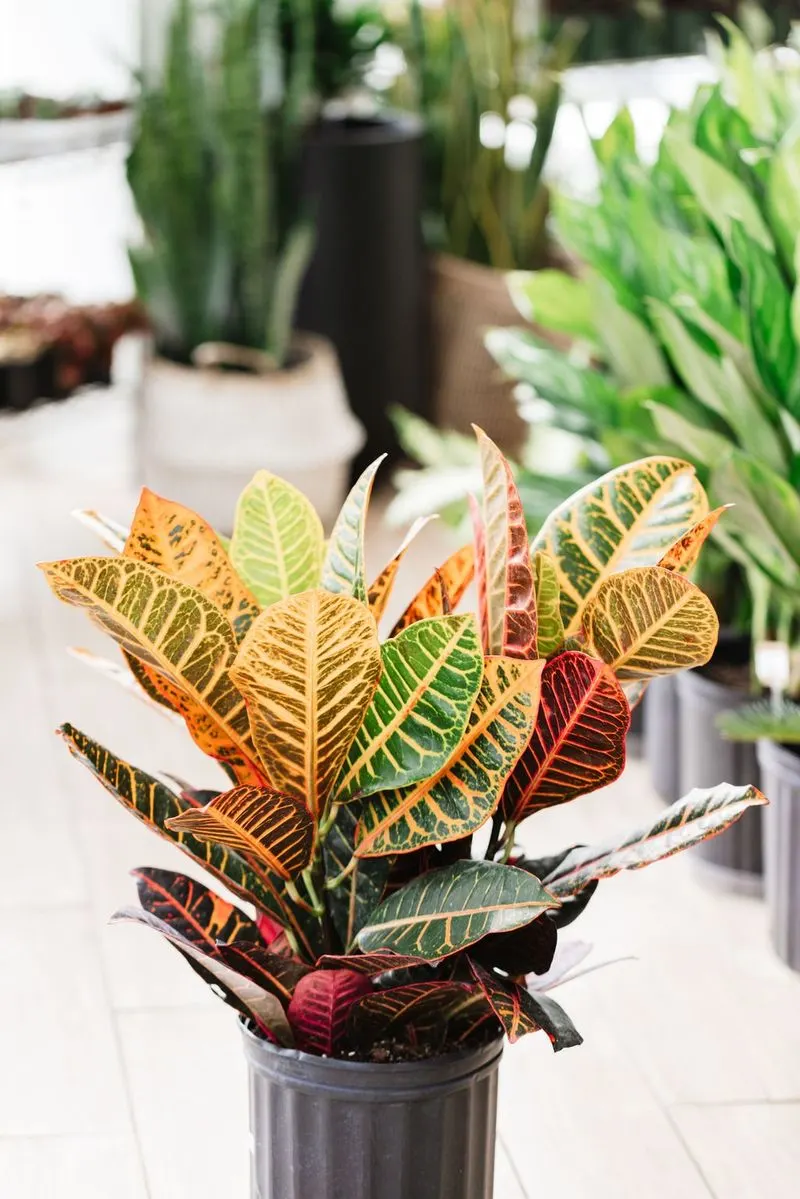
Crotons are known for their vivid, multicolored leaves, adding a splash of color to any room. However, they require bright light to maintain their striking hues. Without enough light, their leaves can lose vibrancy and drop, making them unsuitable for dark rooms.
These plants thrive in sunlit spaces, demanding a bit more attention than typical indoor varieties. Proper care ensures their colors remain bold and vibrant. For those who can meet their light needs, crotons offer an unmatched display of natural artistry, transforming any space into a visual feast.
Boston Fern

Boston ferns, with their cascading fronds, bring a sense of lush greenery to spaces but demand bright, indirect light to thrive. In low-light conditions, their fronds may become sparse or dry, requiring regular misting and attention.
Ideal for sunrooms or areas with filtered sunlight, they add texture and depth to interiors. While they might need more care than simpler plants, their beauty and graceful form are rewarding. For enthusiasts willing to cater to their needs, Boston ferns offer a timeless elegance that enhances any setting.
African Violet
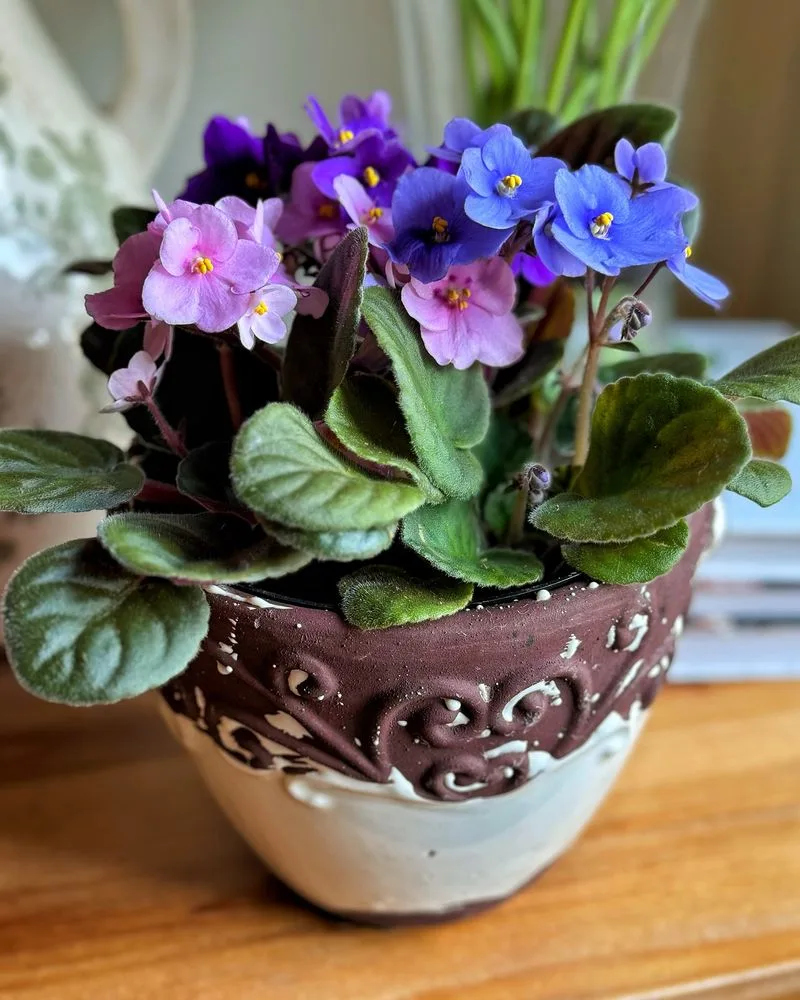
African violets captivate with their delicate blooms and velvety leaves. Despite their charm, they require bright, indirect light to flourish, making them unsuitable for dark corners. Regular watering and proper lighting ensure their vibrant flowers remain a consistent feature.
These plants are perfect for sunny windowsills, where they can soak in gentle light. Their compact size makes them ideal for small spaces, offering a pop of color. With the right care, African violets can bloom year-round, bringing joy to plant enthusiasts who cherish their unique beauty.
Gardenia
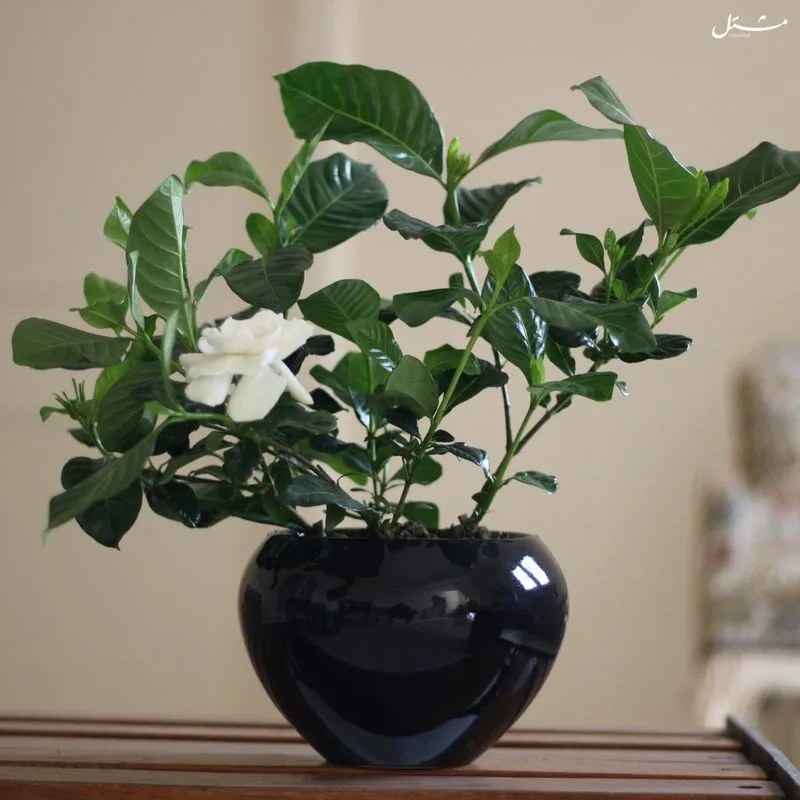
Gardenias are treasured for their fragrant white blooms and glossy foliage. They require more light than typical indoor plants, flourishing in brightly lit areas. Without sufficient light, their blossoms can fail to form, making them a challenge for low-light interiors.
Their scent is unrivaled, making them a favorite for those who appreciate aromatic surroundings. While they need more attention and care, including regular watering and feeding, the reward is a bounty of beautiful, fragrant flowers. For dedicated gardeners, gardenias offer a sensory delight that few plants can match.
Norfolk Island Pine

Norfolk Island Pines evoke a sense of the outdoors indoors, with their needle-like leaves and symmetrical branches. These plants prefer bright, indirect light, making them unsuitable for dimly lit rooms. While they are often associated with holiday decor, they thrive year-round with proper care.
They require more attention than other indoor plants, needing regular watering and the right light conditions to maintain their shape and health. For those who provide the right environment, Norfolk Island Pines add a touch of timeless elegance and a hint of forest charm to any space.
Bromeliad
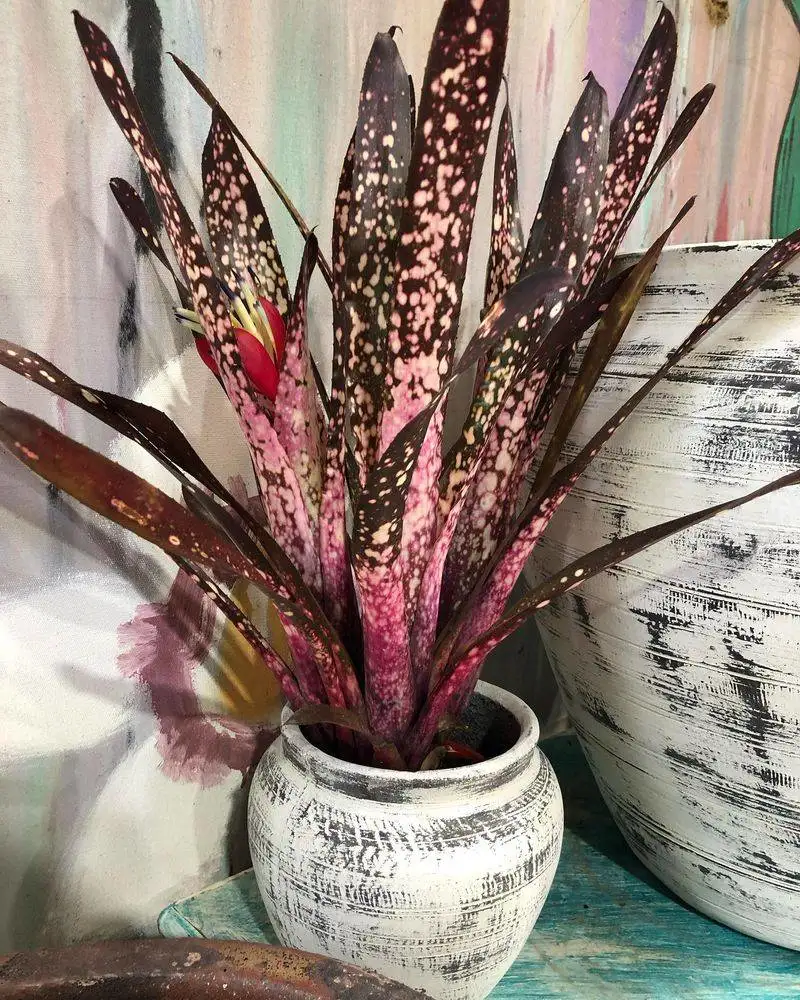
Bromeliads captivate with their dazzling colors and unique rosette form, thriving in bright, indirect light. Their vibrant hues can fade in low-light conditions, making them ill-suited for dark rooms. These tropical plants add a burst of color and exotic flair to any interior.
While they require specific light and humidity conditions, the visual impact of a bromeliad in full bloom is unparalleled. For plant enthusiasts who appreciate a tropical vibe, bromeliads offer a stunning display that brings an island feel indoors. With care, they transform ordinary rooms into vibrant sanctuaries.
Jasmine
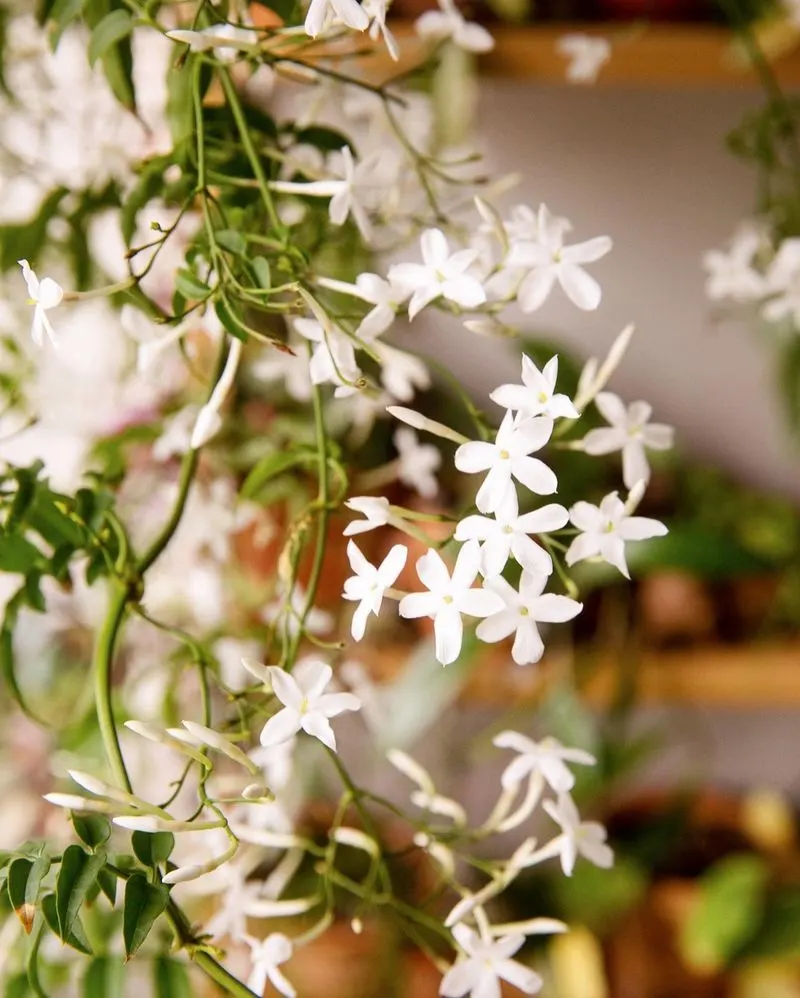
Jasmine is celebrated for its beautiful white blooms and intoxicating fragrance, requiring bright light to thrive. Inadequate lighting can lead to sparse flowering, making them unsuitable for low-light areas. These plants offer not just visual appeal but also a sensory experience with their sweet scent.
Perfect for sun-drenched rooms, jasmine plants need consistent care, including regular watering and feeding to sustain their growth. For those who can provide the right environment, jasmine offers a delightful blend of beauty and aroma, enhancing any indoor garden with its enchanting presence.

